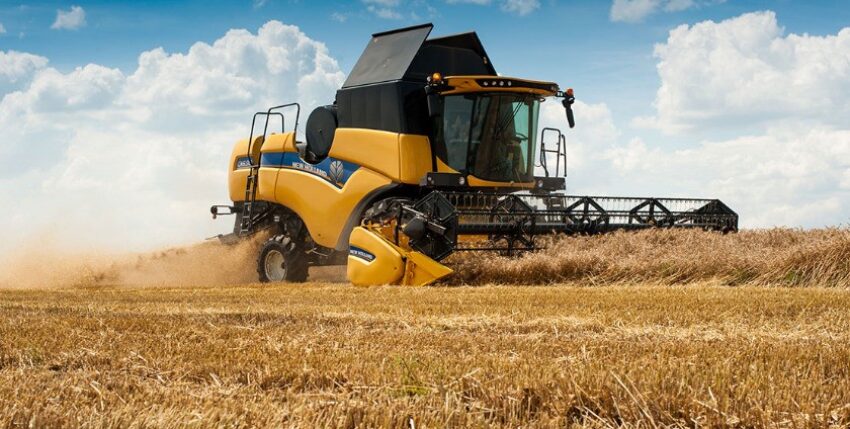Is there a tanker war 2.0?
The Russians have not been silent on this issue. They blame the food shortage on the fact that Ukraine has mined its own waters and that Russia has announced the lifting of some sanctions and the opening of humanitarian passages to allow ships to leave.
Russian grain and oil are currently flowing from the eastern half of the Black Sea via the Kerch Strait and the port of Novorossiysk. The Russians have stationed their navy centrally in Sevastopol in Crimea. The Gulf of Odessa is a contested sea where the Russians make rare forays into the region and the Ukrainians remain behind their minefields.
Along the west coast of the Black Sea, the battle for Snake Island has become a war of attrition between the two opposing sides, while small and medium-sized bulk carriers and tankers, most of which are registered in open registers, brave potential attacks and stray mines to load grain from Reni and Ismail and unload needed fuel. Further south, Romania, Bulgaria and Turkey monitor their territorial waters and ensure the safe passage of ships in their waters.
There is a possibility that the Russians will attack ships loaded with Ukrainian grain or that the Ukrainians will attack Russian ships loaded with Ukrainian wheat. In such a situation, the Black Sea could degenerate into a tanker war like the one in the Persian Gulf in the 1980s, when Iran and Iraq attacked each other's ships and those of neutral states in the course of their war over disputed territories.
Is starvation a war crime?
There is terrible human suffering in Ukraine, but famine outside Ukraine could be worse. While invasions and war crimes are recognised as violations of international law, causing famine as collateral damage in countries not directly involved in the war is not a recognised crime. There is not even a name for these kinds of atrocities that can cost millions of lives.
Russia knows that the most effective economic damage is to target export routes by land and sea. Over 70 per cent of Ukraine's exports, including 99 per cent of its corn, are transported by ship. Russia has blocked the entrance to the strategically important Sea of Azov on Ukraine's south-east coast and effectively blockaded the northern part of the Black Sea.
Collateral damage outside the war zone
The use of starvation as a weapon of war is nothing new. The Geneva Conventions prohibit the starvation of civilians as a method of warfare. Naval blockades aimed at denying the civilian population the necessities of survival are also illegal. In 2018, the United Nations Security Council (including Russia) reaffirmed the ban on the use of starvation as a weapon of war.
All of these laws and rules are designed to protect the civilian population in war zones. They were developed to limit the immediate damage of war. They were not developed to prevent collateral damage to distant populations that have nothing to do with a conflict.
This means that the greatest loss of life in connection with the war in Ukraine may occur elsewhere.
War in a hungry world
The threat is exacerbated by the wider problem of hunger and malnutrition in a world where 811 million people go to bed hungry every night. The number of people affected by acute food insecurity has more than doubled since 2019, from 135 million to 276 million.
Up to 44 million people in 38 countries are on the brink of famine. Most of them are just one more economic shock away from disaster - like the potential 37 per cent rise in food prices now forecast by the World Bank.
How do you get the grain out?
Ukraine is desperately trying to export its huge grain reserves by land, river and rail to avert a global food crisis, but has no chance of achieving its goals unless the Russian blockade of its Black Sea ports is lifted. In the past, up to 6 million tonnes of wheat, barley and maize could be exported every month. Currently, only 300,000 tonnes are exported in March and 1.1 million in April. The logistical bottlenecks, which range from a lack of train wagons, fuel and trucks to freight wagons that have a wider gauge than neighbouring countries - obstacles that could cost years and billions of dollars to overcome.
Ukraine currently has at least 20 million tonnes of surplus grain in silos, and agricultural consultancy APK-Inform estimates that a further 40 million tonnes could be available for export once the next harvest is brought in this summer.
Sources: Salvatore Mercogliano, Alexander Gillespie, Pavel Polityuk, Felix Hoske, Stefaniia Bern, Natalia Drozdiak, Rosalind Mathieson, Kitty Donaldson, Gotev, Thomson Reuters 2022, Bloomberg, Euractiv










